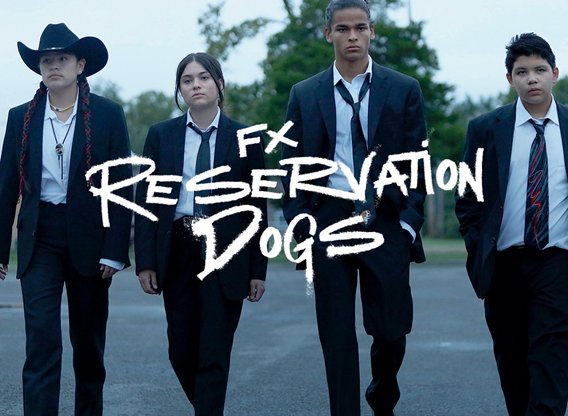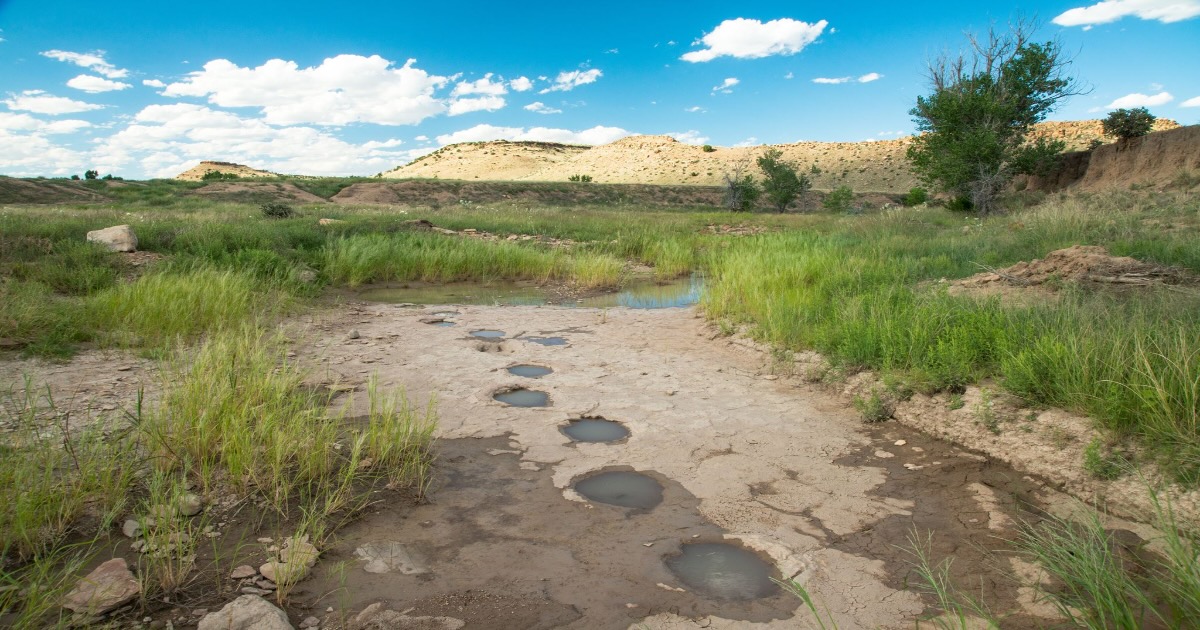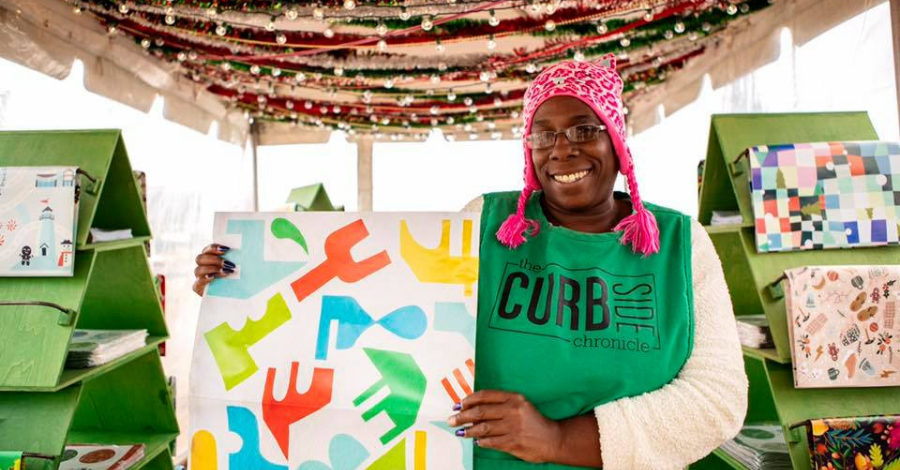Reservation Dogs is the little show that could and did but, when you think about it, that sums up just about every Indigenous person in this country when finally given a well-earned chance. And while those chances should have happened 500 or so years earlier, I’m just glad I was here to finally live through the beginnings of it.
Over the past decade or so, we’ve seen Oklahoma do everything possible to make the Native a bloodstain on the already red road, from police-murdered teens that the media didn’t care about to electing a governor that’s one step away from his own final solution because of the McGirt ruling. Obviously, someone was denied commodities as a kid.
But, much to the Stitt’s chagrin—or possibly due to it—over the last year we’ve seen the opening of the First Americans Museum, the rise of seminal artists like Samantha Crane and Steven Paul Judd in the public consciousness, and, of course, this bright aura of absolute visibility thanks to this television program, coming from the minds of Sterlin Harjo and Taika Waititi, themselves Indigenous creators.
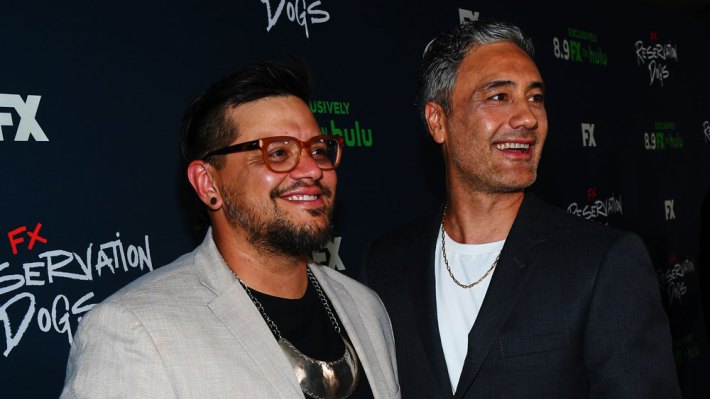
I’ve said it a million times and, thankfully, I won’t have to say it a million more: we’re still here.
As I look back on the first eight episodes of Reservation Dogs, we’ve seen these characters grow almost immediately, and that’s something that is a rarity in general on television. Instead of creating cardboard characters that are wallowing in their depressive realties or living in a white man’s fantasy of the past, Harjo has made actual people, with things I can actually relate to because, like many of us have, I’ve lived it.
Deftly moving from comedy and drama and back again, the Indigenous writers’ room has put our lives on screen, and I fully understood that in the episode about the Indian Clinic. Especially since my stroke three years ago, I’ve become use to the ways that appointments and such are done there, learning to work around it and work with it. Indigenous people know what I’m talking about.
But another aspect of the show that truly moved me was based around Willie Jack’s character, played by the riveting Paulina Alexis; at first, it seemed as though her character was the comic relief, barely saying anything but, when she did, it always got a laugh. Over time, however, it became clear to me that Willie Jack was the glue that held the show together.
The most revolutionary thing about her, though, is that she wasn’t from a broken home, as many people think most Natives are; she has two still-married parents, has a great relationship with them both and, for the most part, listens to their every word. That is how a lot of Indigenous kids truly are and the world they come from—sorry, but many of our fathers and mothers aren’t lazy alcoholics, a trope that whites created for Indigenous people the day after they tricked them with some alcohol then took our land.
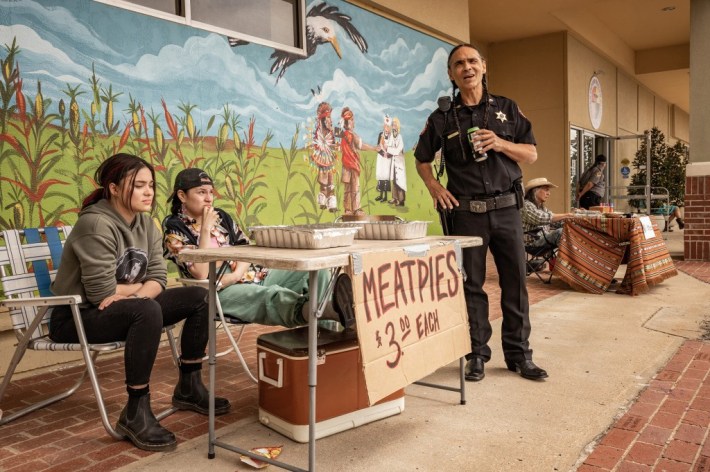
Perhaps, the only truly terrible thing about the show was the fact that you had to have streaming service Hulu to view the show, which, I’m sure, the very people that should watch it don’t even own—Hell, even I had to get the player on my computer since my Roku is some ten years old and couldn’t support it.
Hopefully though, Reservation Dogs was a big enough hit that FX can do something to make sure that more people can see it, especially those that should see it. And, if not, I hope that the home media release comes soon, because I’m sure that’ll be a big boon to the show’s fandom; when it does, if you come over to my house, that’s what we’ll probably be watching.
And don’t forget to bring over some fried fish when you come by, shitass.
_
Follow Louis on Twitter at @LouisFowler and Instagram at @louisfowler78.
